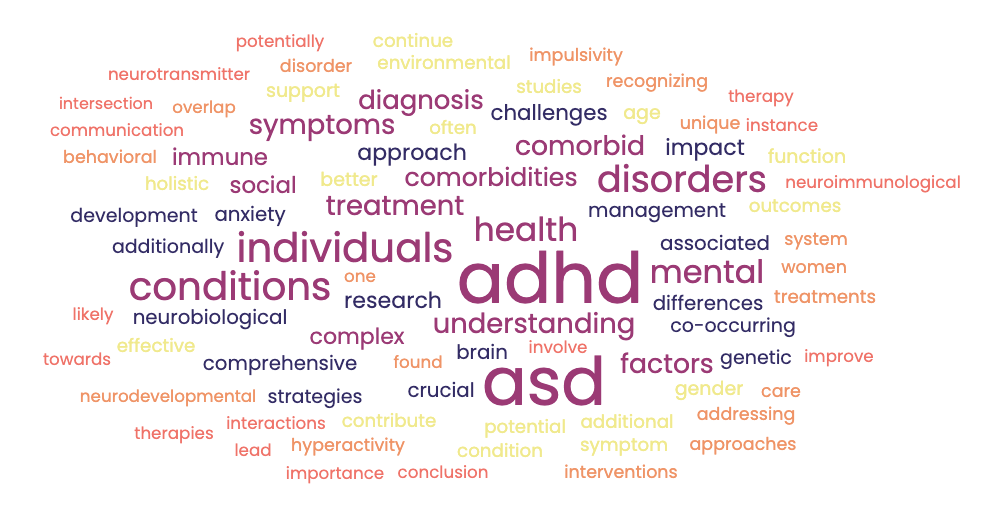For many, hypnosis conjures images of a man with a vest, swinging a pocket watch, speaking slowly and encouraging sleepiness. Alternatively, hypnosis has been incorporated into many stage shows, with depictions of previous shy audience members, bursting forth into maniacal dance moves while hypnotized. However, the use of clinical hypnosis has been gaining momentum over the past several years. It is now accepted as a valid subject of scientific research and is a useful clinical tool for a variety of medical conditions, including:
- Acute and Chronic Pain
- Phobias
- Anxiety
- Depression
- Eating Disorders
- Smoking
- Obesity
There are many theories on hypnosis and how it works. It is often referred to as a procedure involving cognitive processes in which an individual is guided to respond to suggestions for changes in sensations, perceptions, thoughts, feelings, and behaviors. Alternately, hypnosis can also be defined of its effect (Barnier & Nash, 2008). This refers to the fact that not all individuals will respond the same way to a hypnotic suggestion during treatment or even become hypnotized. Therefore, the response to hypnosis can differ from widely from one individual to the next. In short, hypnosis can either be defined by “what it looks like” (hypnosis-as-procedure) or “what it does” (hypnosis-as-response; [Jensen, 2011]).” Hypnosis begins with an induction and is followed by one or more suggestions for making positive changes. At times, these suggestions are designed to result in a positive response during the treatment, as well as after the session, becoming “permanent and automatic.” In the first phase, hypnotic induction, the individual is guided through suggestion to relax, concentrate, and/or to focus his or her attention on one thing. The second phase, hypnotic suggestion, is when the individual is guided to undergo changes in experience. There are different types of suggestions including:
- Ideomotor Suggestions – experience a movement
- Challenge Suggestions –told he or she will not be able to do some particular thing and then is asked to perform the prohibited behavior
- Cognitive Suggestions – experience changes in sensations, perceptions, thoughts or feelings
Hypnosis is generally used as a clinical tool for making direct suggestions to reduce symptoms or as an addition to other forms of psychological treatment. For example, hypnotic analgesia helps a patient undergoing a painful medical procedure (e.g., surgery, a lumbar puncture, spinal tap) by suggesting that the affected body part (i.e., the back) is numb and insensitive to pain through hypnosis. Hypnosis can alter and eliminate the psychological experience of pain and the brain’s neurophysiological processing of pain. Remember that not everybody responds the same way to a hypnotic suggestion during treatment or even becomes hypnotized. There are simple tasks, known as test suggestions, that can help determine how a person may respond to hypnosis. The number of test suggestions that a person responds to (or passes) indicates their level of suggestibility. Each individual will differ in terms of how high or low they fall on suggestibility, which is a marker for how much or how little a person will respond to hypnosis. Below is a simple task called the Chevreul Pendulum Demonstration that can be used to test whether a person is suggestable or not.Instructions:
- Obtain scissors, string, and ½ inch washers at a hardware store.
- Cut a 5-7-inch length of string and tie it to the washer.
- You will have an opportunity to experience an imaginative suggestion.
- Place your right elbow on your right thigh and hold the string between your right thumb and index finger so the washer is suspended beneath.
- Hold your hand as still as possible.
- Now imagine that the washer is beginning to move from left to right. The washer is beginning to move from left to right. Continue imagining that the washer is moving from left to right. Continue to imagine this for another minute or so.
- Now I want your hand return back to normal.
*NOTE. There will be a range of responses. Some of you will show no response at all. Others will find that their washer moves quite a bit. The degree of movement is suggestive of your degree of suggestibility. Remember suggestibility accounts for a portion of how much or how little you respond to hypnosis. However, research strongly indicates that the vast majority of people can benefit from hypnosis interventions.
Common Myths about Clinical Hypnosis (NONE OF THE BULLET POINTS BELOW ARE TRUE)
- Individuals undergoing hypnosis lose control and can be made to say or do whatever the hypnotist wants.
- Individuals may not be able to come out of hypnosis.
- Hypnosis only affects naïve and gullible people.
- Hypnosis reliably enhances the accuracy of memory.
- Hypnosis enables people to re-experience a past life.
- Hypnosis depends primarily on the skill of the hypnotherapist.
REFERENCES
Barabasz, A. F., & Barabasz, M. (2008). Hypnosis and the brain. In M. R. Nash & A. Barnier (Eds.), The Oxford handbook of hypnosis: Theory, research and practice, 337-363. Oxford, UK: Oxford University Press
Jensen, M. P. (2011). Hypnosis for chronic pain management: Therapist guide. Oxford University Press, USA.








